SCHEDULE YOUR FREE INSPECTION TODAY - CALL US 786-740-8641
Bradenton Hurricane Milton Damage Claims Assistance – Primo Adjusting
Hurricane Milton: Navigating Damage Claims in Bradenton
In the wake of Hurricane Milton, many homeowners in Bradenton are left grappling with the impacts of this powerful storm. While the winds have died down and the skies have cleared, the process of dealing with property damage can feel overwhelming. Understanding how to manage insurance claims and recover from losses is crucial for a smooth recovery. Here’s a guide to help homeowners navigate the claims process effectively.
The Immediate Aftermath: Safety First
As residents begin assessing the damage, safety should always be the top priority. Before entering your home, ensure it is safe to do so. Look for signs of structural damage, and avoid areas with downed power lines or unstable trees. If you suspect gas leaks, evacuate immediately and contact the authorities.
Once it’s safe, begin documenting the damage. Take comprehensive photos of all affected areas—both inside and outside your home. This documentation will be essential when filing your insurance claim.
Understanding Your Insurance Coverage
The next step is to familiarize yourself with your insurance policy. Not all policies cover hurricane damage, and understanding the specifics of your coverage can make a significant difference in your recovery efforts. Here are some key components to consider:
- Hurricane Coverage: Confirm whether your policy includes hurricane damage. Some homeowners may need separate flood insurance, especially if they live in high-risk areas.
- Deductibles: Check the deductible amounts for both wind and flood damage. Knowing these figures can help you plan for any out-of-pocket expenses.
- Limits on Coverage: Review any limits on coverage amounts for personal property or structural damage. This information will help set realistic expectations for your claim.
For further insights on flood insurance and hurricane preparedness, you can visit the
FEMA National Flood Insurance Program.
Filing Your Insurance Claim
Once you have assessed the damage and reviewed your policy, it’s time to file your claim. Here’s a streamlined process to help guide you:
- Contact Your Insurance Provider: Report the damage as soon as possible. Be prepared for long wait times due to the high volume of claims following a storm.
- Gather Documentation: Compile all necessary documentation, including photographs of damage, receipts for repairs, and any additional relevant paperwork.
- Submit Your Claim: Follow your insurance provider’s specific process for submitting claims. Ensure you provide all requested information to avoid delays.
- Keep Records: Document all interactions with your insurer, including names, dates, and details of conversations. This record will be valuable if any disputes arise.
Making Temporary Repairs
While waiting for an adjuster to evaluate your property, you may need to make temporary repairs to prevent further damage. Here are some tips:
- Document Everything: Take photos of temporary repairs, such as tarping a damaged roof or boarding up broken windows. Keep receipts for any materials you purchase for these repairs.
- Prioritize Safety: If you encounter any hazardous situations—like exposed electrical wires—contact local emergency services for assistance.
The Role of Insurance Adjusters
Once your claim is filed, an insurance adjuster will be assigned to evaluate the damage. Their role is to assess the situation and determine the extent of your coverage. Here’s what to expect during this process:
- Initial Inspection: The adjuster will visit your property to inspect the damage. Be prepared to provide any documentation or evidence of damage.
- Detailed Assessment: They will prepare a report detailing their findings and the estimated costs for repairs. This report will serve as the basis for your claim settlement.
- Follow Up: Maintain communication with the adjuster throughout the claims process. If you disagree with their assessment, gather additional evidence to support your position.
Handling Claim Denials or Underpayments
If your claim is denied or you feel the settlement offer is inadequate, don’t lose hope. Here are steps to take if you find yourself in this situation:
- Review the Denial: Understand the reasons for the denial. Gathering additional documentation or clarifying your policy coverage can help strengthen your case.
- File an Appeal: Most insurance companies have a formal appeal process. Follow the steps outlined in the denial letter to contest the decision.
- Consider Professional Assistance: If navigating the claims process becomes too challenging, consider hiring a public adjuster. These professionals advocate for homeowners, ensuring that you receive a fair settlement.
Preparing for Future Storms
Recovering from Hurricane Milton is crucial, but preparing for future storms is equally important. Here are some proactive steps to consider:
- Review Your Insurance: Regularly update your policy to ensure you have adequate coverage for potential damages.
- Create an Emergency Plan: Develop a family emergency plan that includes evacuation routes, emergency contacts, and necessary supplies.
- Stay Informed: Monitor local weather reports and alerts to remain aware of upcoming storms.
Your Path to Recovery After Hurricane Milton
Hurricane Milton has left a significant mark on Bradenton, but understanding the claims process can help homeowners navigate recovery more effectively. By assessing damage, understanding insurance coverage, and maintaining thorough documentation, residents can ensure they are well-prepared to file their claims. If you find yourself needing assistance with the claims process, Primo Adjusting Services is here to help you maximize your recovery efforts and get the compensation you deserve.
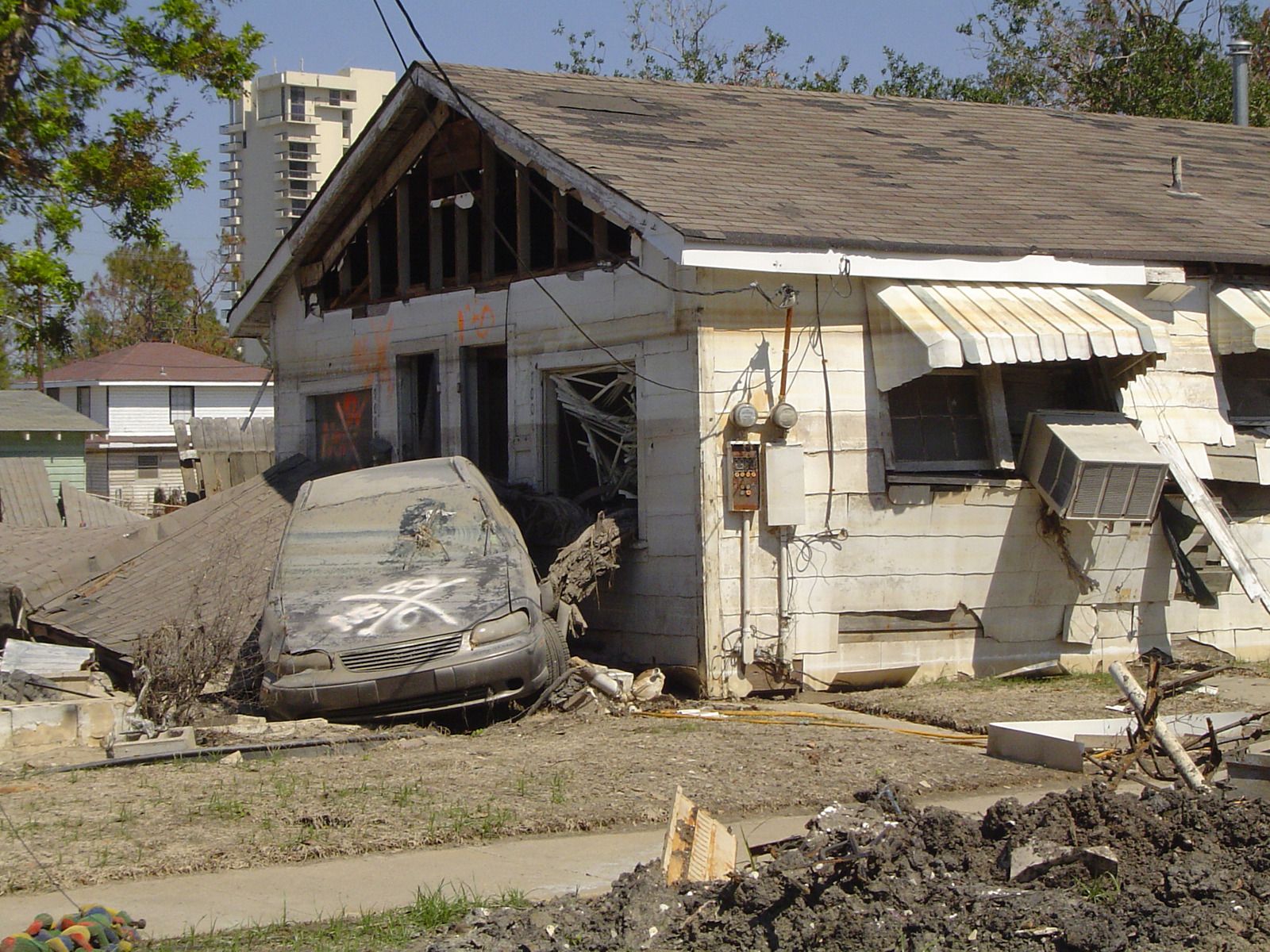


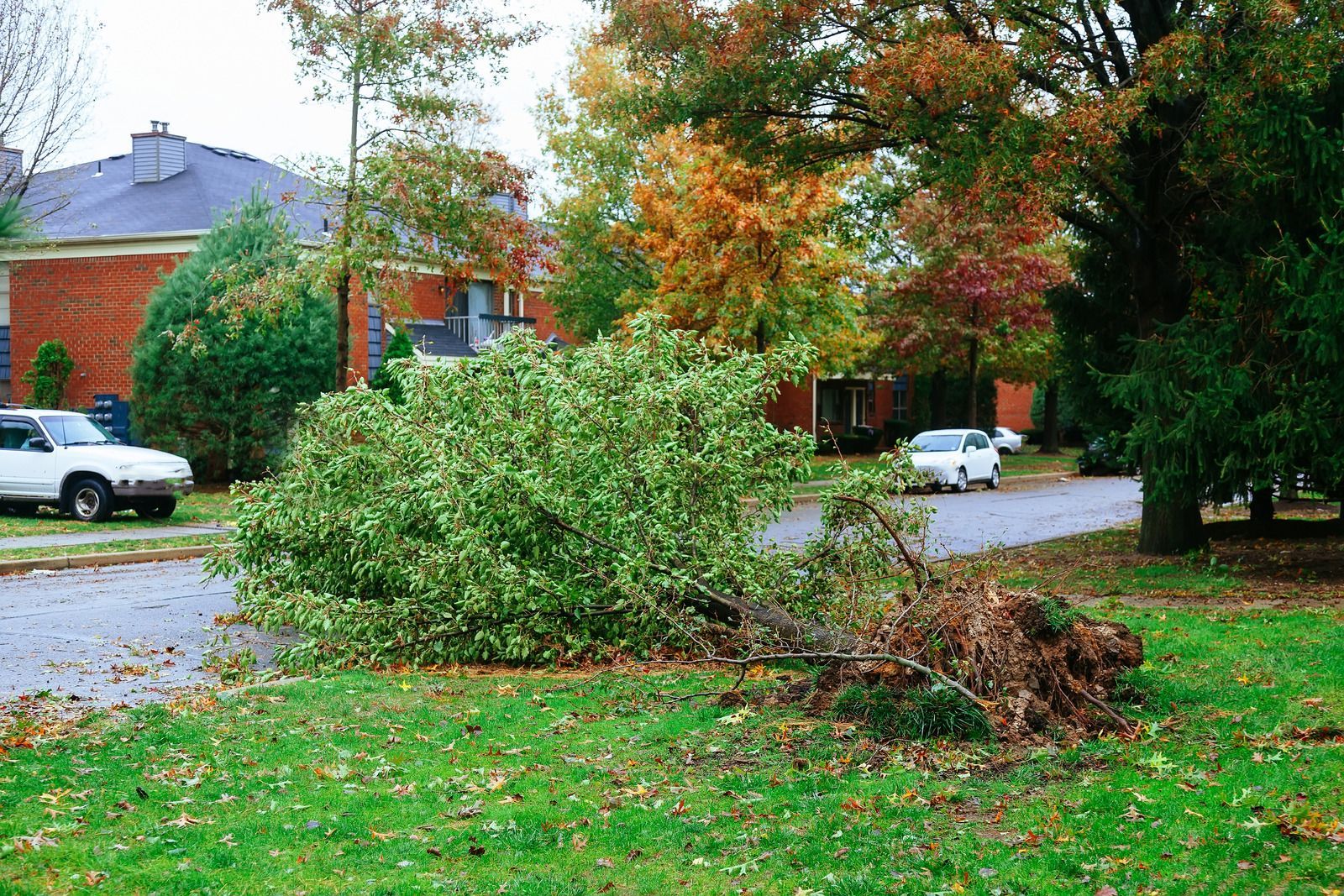
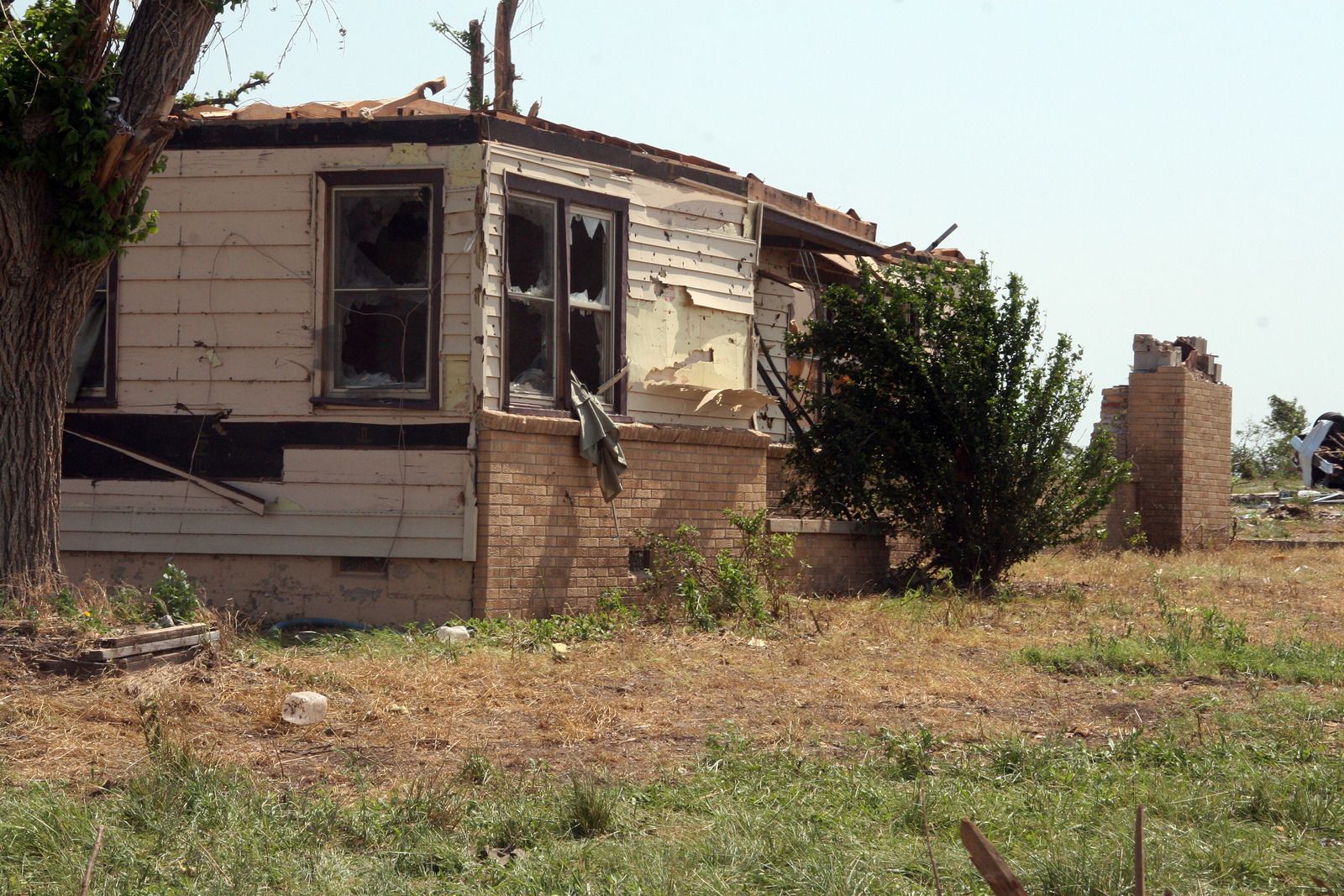

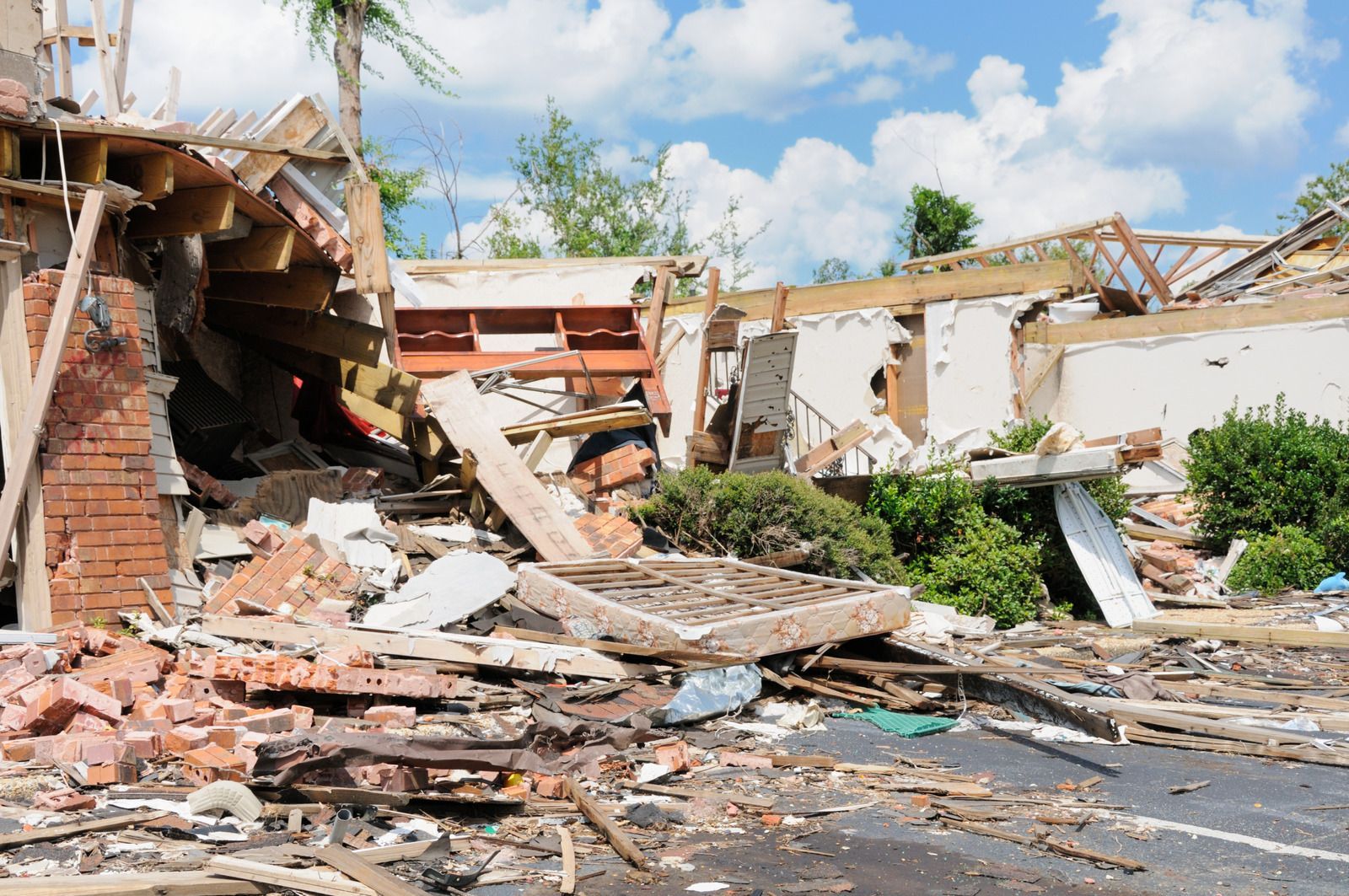
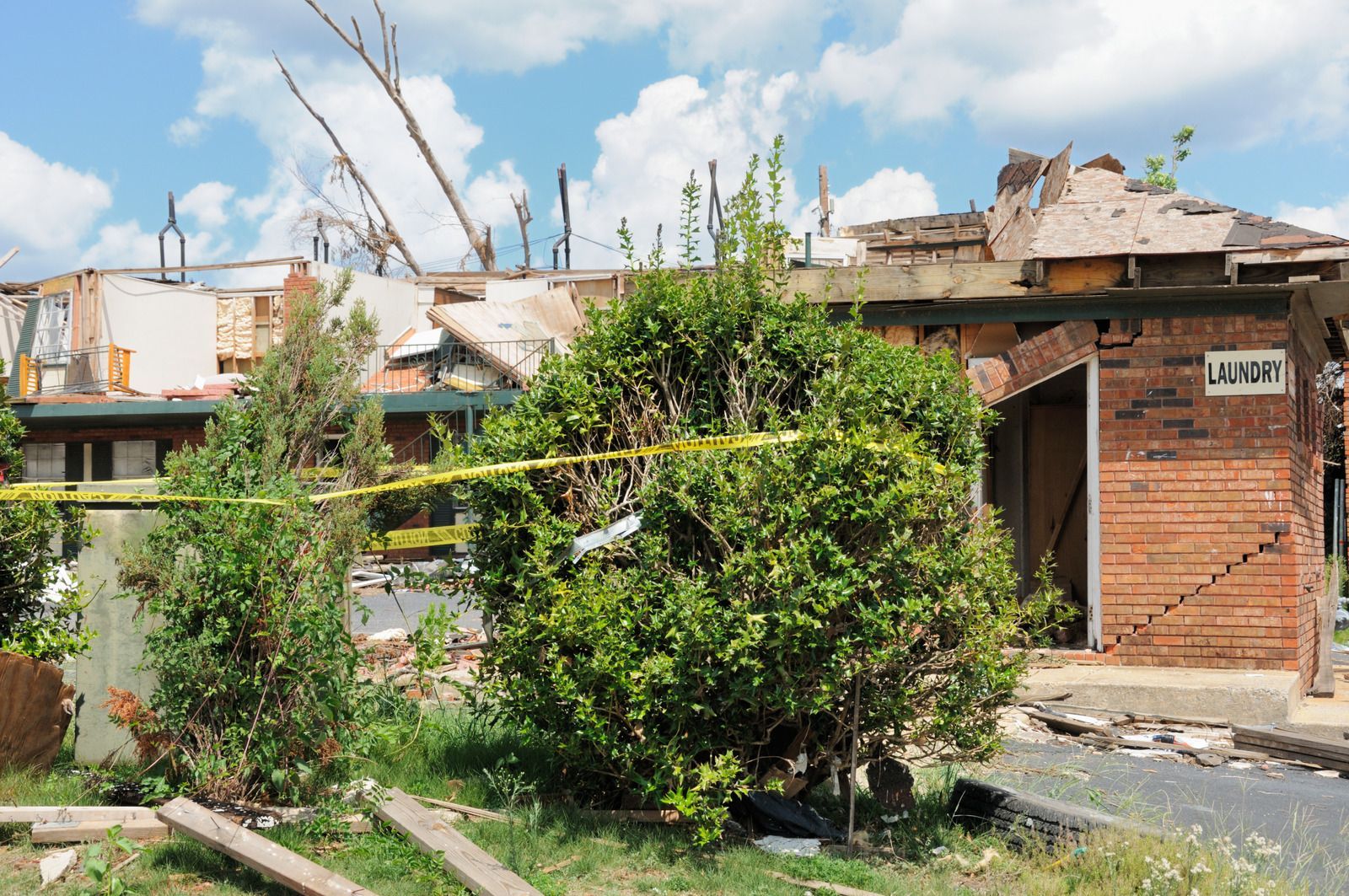
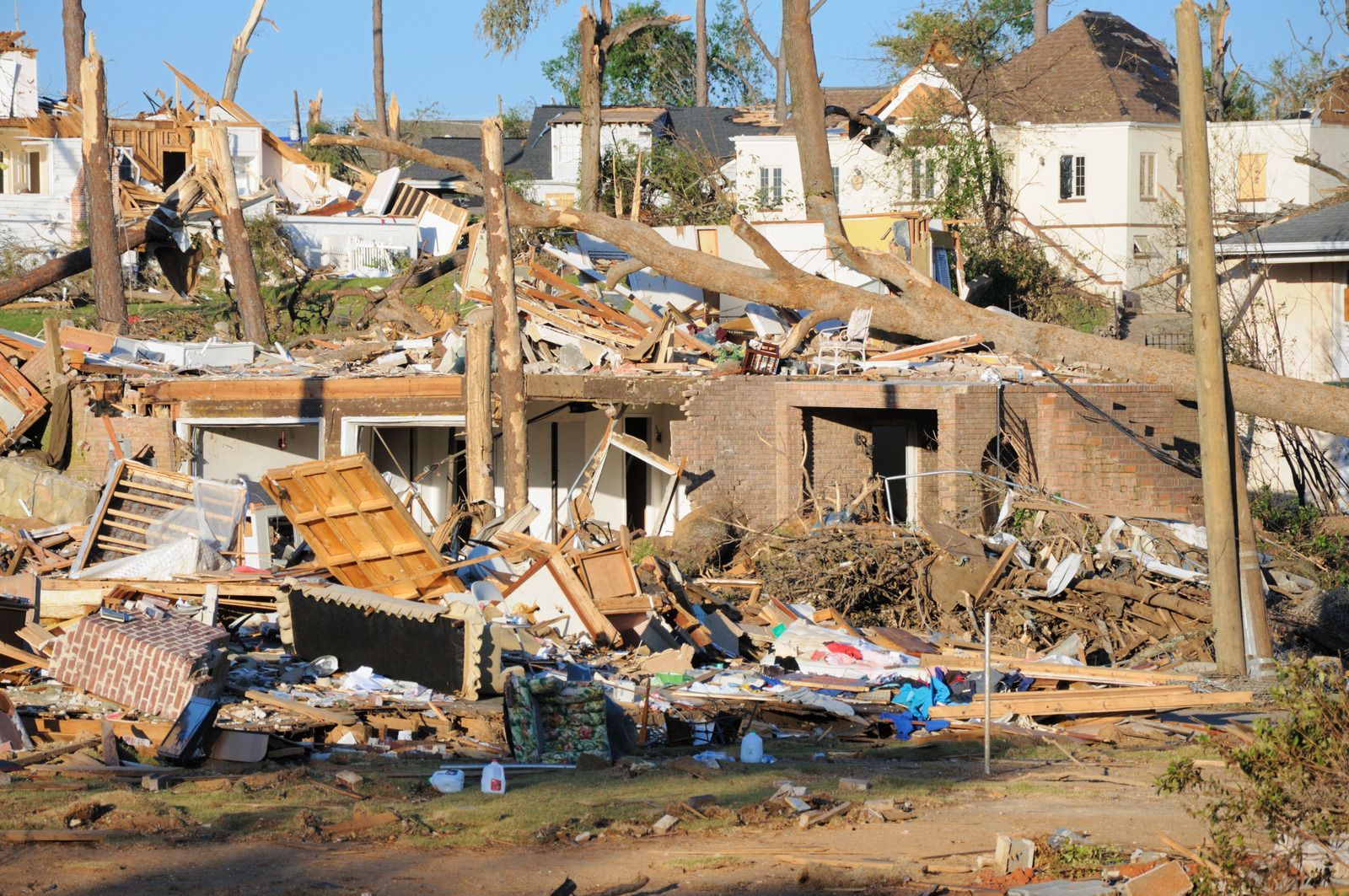
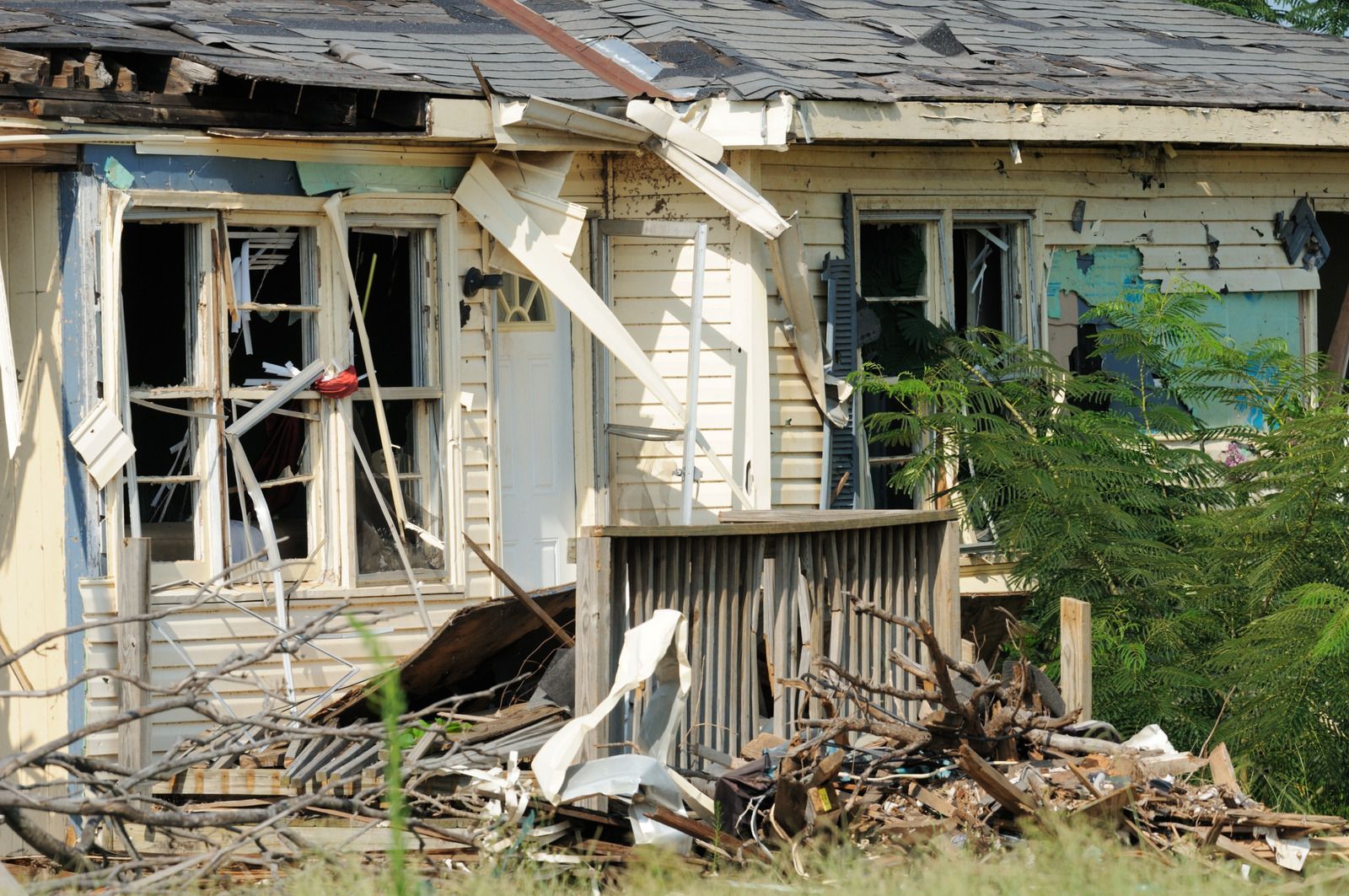

Contact Us Today!


